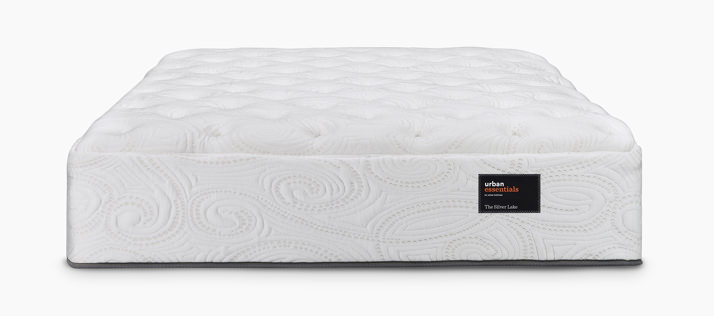In this article, we’re going back to basics.
Many different factors contribute to a good night’s sleep. You can’t be too stressed or your mind won’t shut off. The room shouldn’t be too hot or too cold. After all, you can’t hit the hay if you’re sweating through your pajamas or piling on new layers.
But none of those things matter without the right foundation.
Good sleep requires a certain level of comfort, and you won’t get that with a mattress that’s too firm or too soft. Like Goldilocks and her porridge, you need one that’s just right.
“If the mattress is too firm, it will push on those main pressure points and take you out of alignment,” Arya Nick Shamie, MD, associate professor of orthopedic surgery and neurosurgery at Santa Monica UCLA Medical Center, told WebMD. “If it’s too soft, those pressure points won’t be properly supported, so your whole body flops back.”
If you wake up achy and can get back to normal with 15-30 minutes of stretching, chances are you’re sleeping on a mattress that isn’t right for you, according to Michael Breus, a WebMD sleep expert and author.
“The right mattress, on the other hand, is one on which you feel no pressure, almost like you’re floating in air,” Breus said.
Choosing the right mattress is the first step on the road to better sleep.
Comparing Two Different Types
There are many different types of mattresses on the market today. At Urban Mattress, we sell carefully-crafted mattresses that are free of harmful chemicals. Try comparing these two common types of mattresses to choose which one feels like “floating in air.”
The Innerspring Mattress
Still the most widely used mattresses in the U.S. today, these support your body with coil springs. In most innerspring mattresses built today, each coil is individually pocketed, preventing it from popping out of the mattress.
Keep in mind that more coils do not necessarily equal more comfort.
The Memory Foam Mattress
Made of different layers of foam densities that contour to the shape of your body, these can reduce pressure points and relieve pain while absorbing movement. They’re a great choice if you have a partner who tosses and turns throughout the night.
According to BetterSleep.org, they may get warmer than traditional innerspring mattresses, but cooling layers are available for that reason.
All memory foam is temperature and pressure sensitive and softens when it warms, contouring delightfully to a sleeper’s body and returning to normal once the sleeper rises. Higher-density memory foam conforms more closely to the body’s shape, providing more support and pressure relief.
In the end, it’s helpful to do your research on the front-end but the only way to know for sure which of these mattress types would be better for you is to try them out in person. C’mon out and take a snooze in one of our showroom beds–we’ll tiptoe on your behalf!

